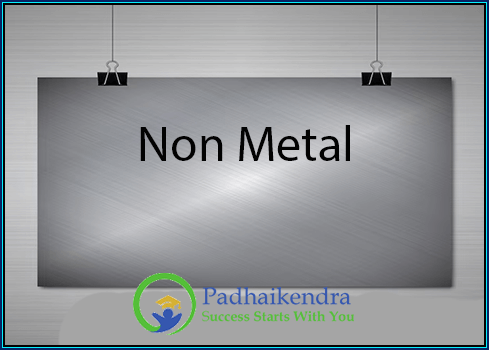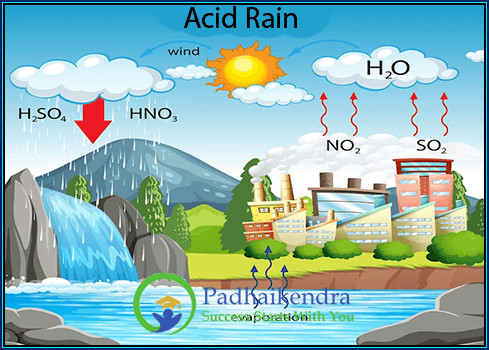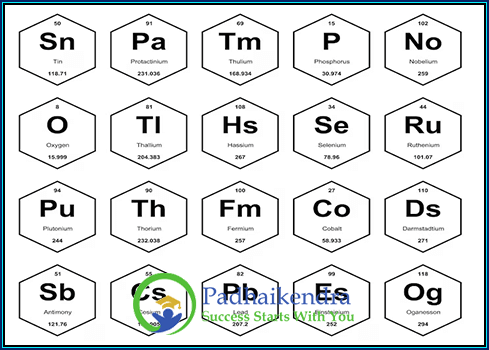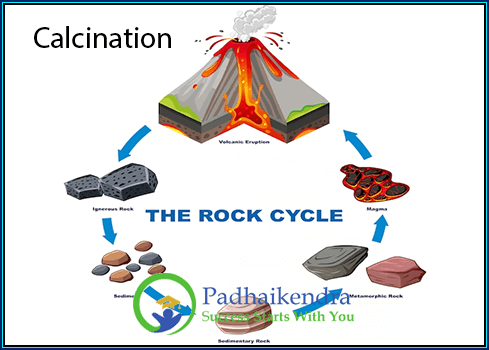What are Non-Metals?
Non-metals are elements that have properties that are the opposite of metals. They are not shiny, they are not good conductors of heat or electricity, and they are not malleable or ductile. Non-metals can be found in all three states of matter: solid, liquid, and gas.
Properties of Non-Metals
Non-lustrous: Non-metals do not have a shiny surface. They are often dull or have a frosted appearance.
Brittle: Non-metals are brittle and break easily. They cannot be hammered or rolled into thin sheets.
Poor conductors of heat and electricity: Non-metals are poor conductors of heat and electricity. This is because they do not have free electrons that can move easily through the material.
Varying melting and boiling points: The melting and boiling points of non-metals vary widely. Some non-metals, such as carbon, have very high melting and boiling points. Others, such as bromine, have very low melting and boiling points.
Examples of Non-Metals
Some common examples of non-metals include:
- Carbon
- Hydrogen
- Nitrogen
- Oxygen
- Phosphorus
- Sulfur
- Bromine
- Iodine
Uses of Non-Metals
Non-metals are used in a wide variety of applications. Some common uses of non-metals include:
- Carbon is used to make diamonds, graphite, and charcoal.
- Hydrogen is used to make ammonia, which is used in fertilizers.
- Nitrogen is used to make explosives, fertilizers, and plastics.
- Oxygen is used to breathe, make steel, and produce rocket fuel.
- Phosphorus is used to make matches, fertilizers, and fireworks.
- Sulfur is used to make sulfuric acid, which is used in batteries and fertilizers.
- Bromine is used to make bromine water, which is used to test for the presence of bromine.
- Iodine is used to make tincture of iodine, which is used to disinfect wounds.
Non-metals are an important part of the world around us. They are used in a wide variety of applications, from making diamonds to producing rocket fuel. Non-metals are also essential for life, as they are used to make proteins, DNA, and other important molecules.
Non-Metals FAQs
- Oxygen is essential for respiration and is used in the medical and industrial fields.
- Carbon is the basis of organic chemistry and is present in all living organisms.
- Nitrogen is used in the production of fertilizers and as a coolant in certain applications.
- Sulfur is employed in the manufacturing of sulfuric acid and rubber products.
- Non-metals are generally poor conductors of heat and electricity, while metals are excellent conductors.
- Non-metals are typically brittle, while metals are malleable and ductile.
- Non-metals often have low melting and boiling points, whereas metals have higher melting and boiling points.
- Oxygen is essential for respiration in most organisms.
- Carbon is the key element in organic compounds, including proteins, carbohydrates, and lipids.
- Hydrogen is a component of water and is crucial for many biochemical reactions.
- Nitrogen is necessary for the synthesis of amino acids and nucleic acids.





